Interior Design Today – 3 – Light
- Decoration
- Furniture
- Interiors
- Kitchen
- Lighting
- News
- Restaurants
- Styling
- Textiles
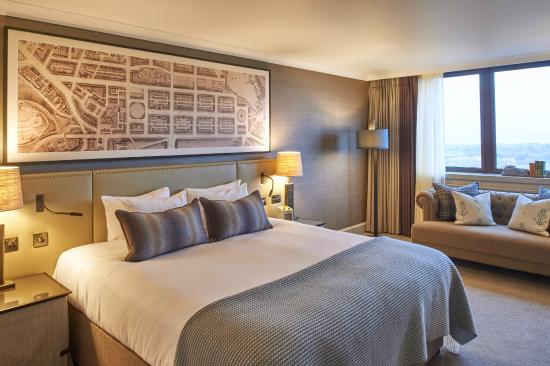
If someone tells you there is something more important than lighting in an interior – have them phone me. Clever layered light will bring a space to life and knock 10 years off your face. The minute I walk into a room in my home – the first thing I do is knock off the overhead light – or dim it where possible, and then rush around switching on all of the lamps. If you are rewiring, invest in a 5amp circuit if you can and never regret it…
Obviously this is a huge topic and you could write a book! (and indeed many people have – Sally Storey’s Lighting by Design is an excellent place to start). But here are my top tips to achieve good light in a space.
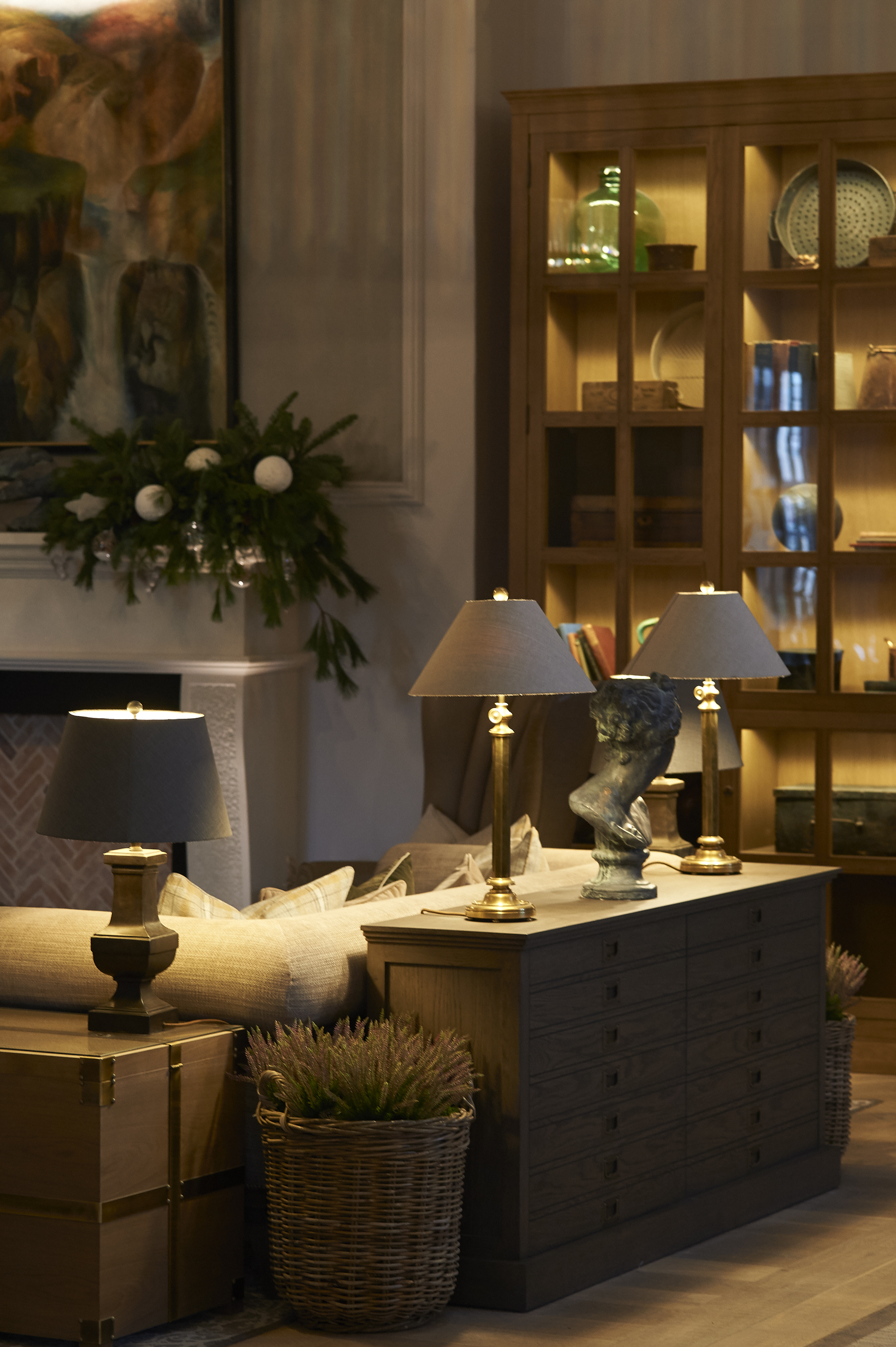
Introducing layers of light and planning the positions of light within a room is essential. To get the layering right you need to understand the 3 key types of lighting in a residential interior– day light, architectural light and decorative light.
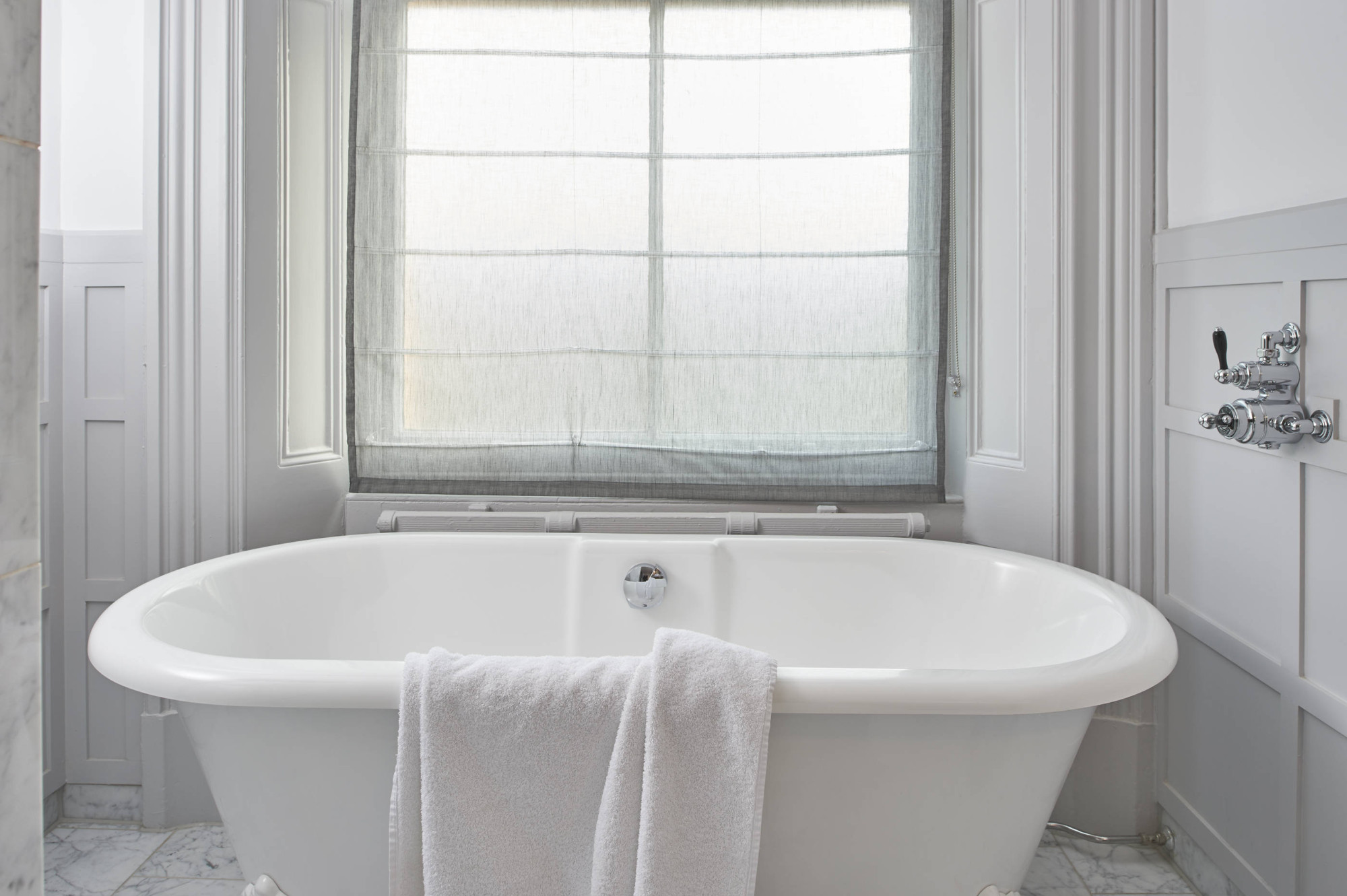
Daylight is one of the most important elements when planning a space, understanding how it changes through the day, month and year, and if you want to maximise or minimise it. As mentioned in my previous post – daylight is a powerful thing, it can change wall colours, increase the perception of a space and decide the function of a room!
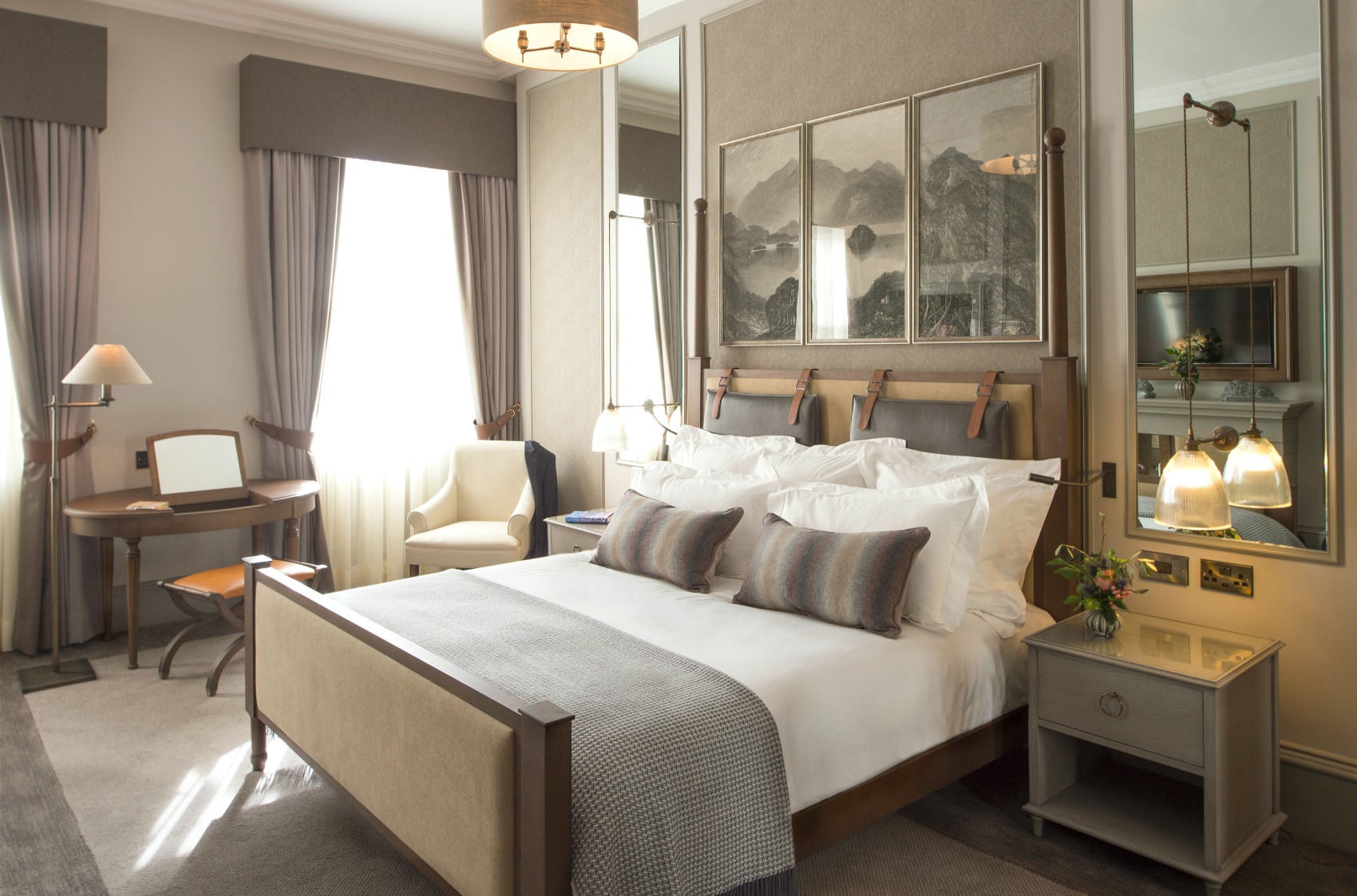
Architectural lighting is fixed and wired in – downlights, linear lights (for bookcases or coving), uplights and floor washers are the most commonly used in a home. This kind of lighting provides ambient or background light – it should not be noticeable but provide the backdrop for the space. If you can add dimming switches I would – controlling the levels of light will give your space so much flexibility. To understand how much light your room needs: multiply the length of the room by the width to find the total area. Multiply the area by 1.5; this is the total wattage (a unit that indicates the power of the bulb) you’ll need to light the room (so for example if you have a room 15ft by 20ft = 300 sq ft by 1.5 = 450 watts!).
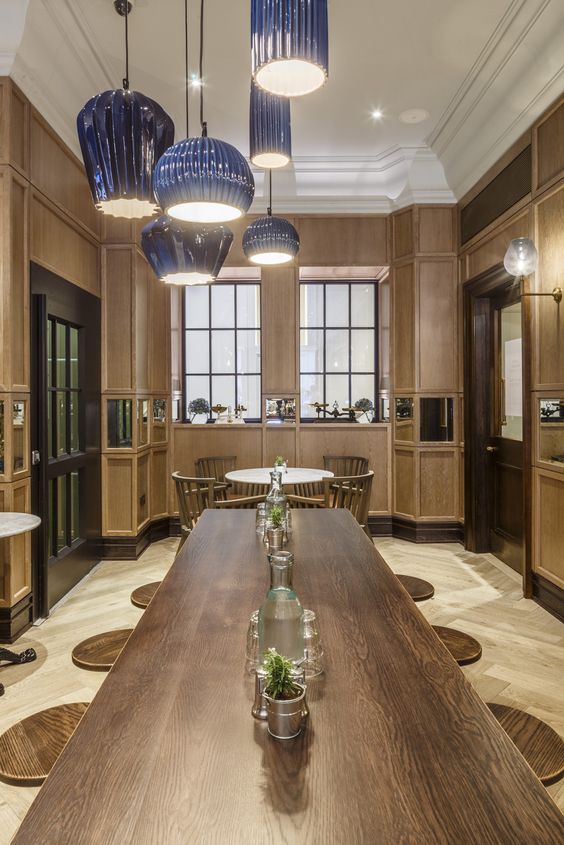
Decorative & task lighting are all the lights you plug in! Standing Lamps, table lamps, desk lamps, reading lamps and candle light (my favourite). These create atmosphere and pockets of focused light for reading, playing cards, having dinner etc… Wall lights, picture lights and pendant lights are wired in but have a decorative light fitting. These lights can be used to create accents within the room whether it is highlighting art or the centre of the dining table.
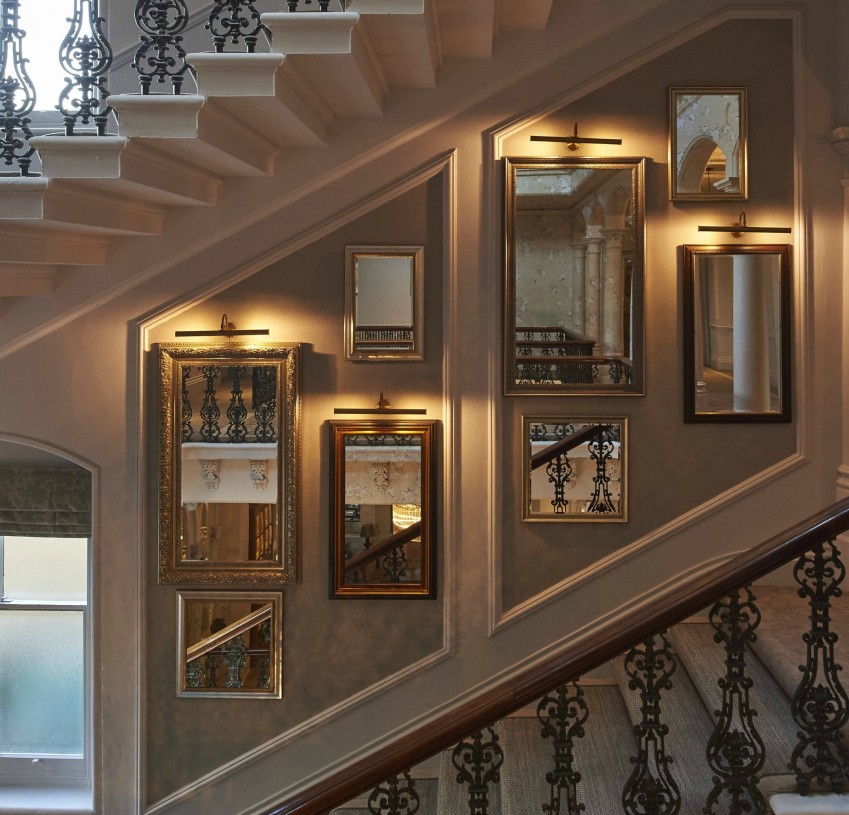
TOP TIPS: LIGHT BULB MOMENTS…
With all of these elements the key is to create harmony, I love the warm glow of a tungsten and halogen lamp, however due to new legislation (part L in the UK) the majority of light fixtures need to be low energy and LED lighting is now prevalent. A couple of years ago I hated everything LED but with increasing products on offer (even fab new filament style bulbs- megaman do a good range) it makes it easier to get a nice warm level of even light in a space. I would aim to have all decorative lights using the same wattage to give an even cover of light (but please check the light fitting- every lamp has a recommended maximum wattage). With LED light fittings the warmth of the light is measured in Kelvin – look for 2400k -2700k which is designed to create a warm white light so look for this when buying bulbs. It is worthwhile buying your lamps from a dedicated lighting store as they often offer a better range.
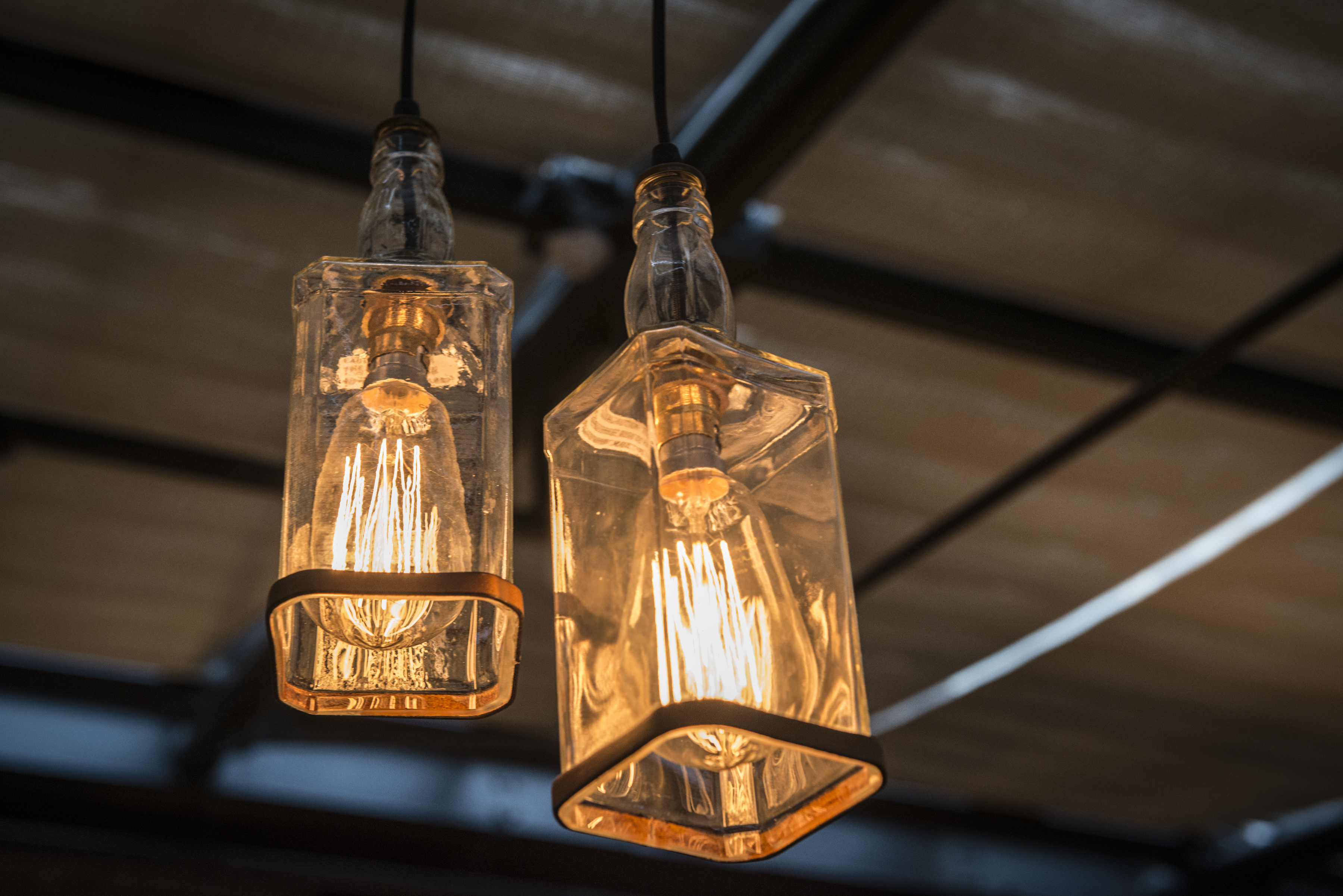
Next week I will be talking about texture, and how to use it to create depth in an interior. Photos above are from the wonderful Royal York, recently refurbished and a favourite project of mine. http://www.hotelroyalyork.co.uk and The George in Edinburgh http://www.thegeorgehoteledinburgh.co.uk.
As always if you have any questions drop me a line and let me know!
